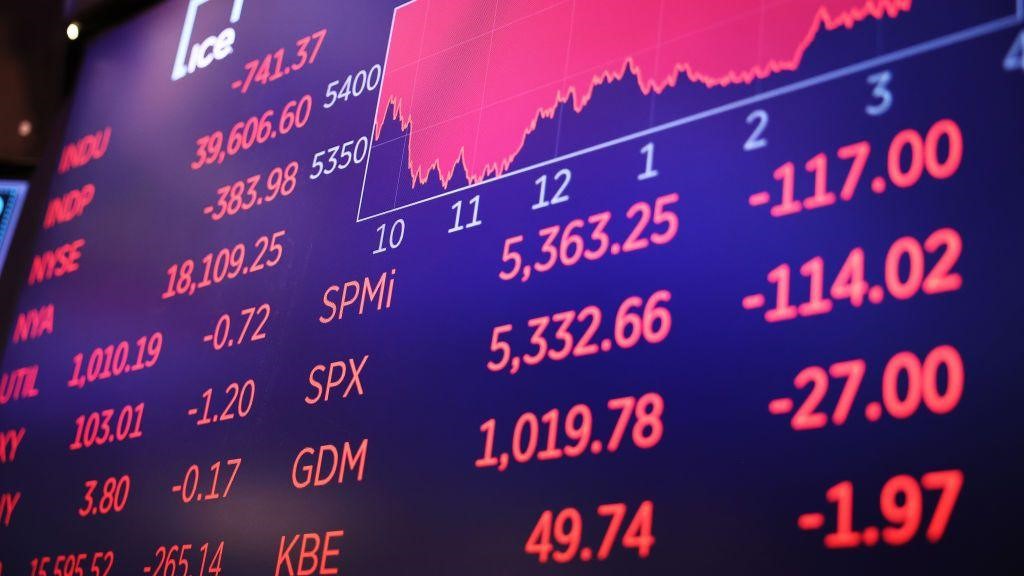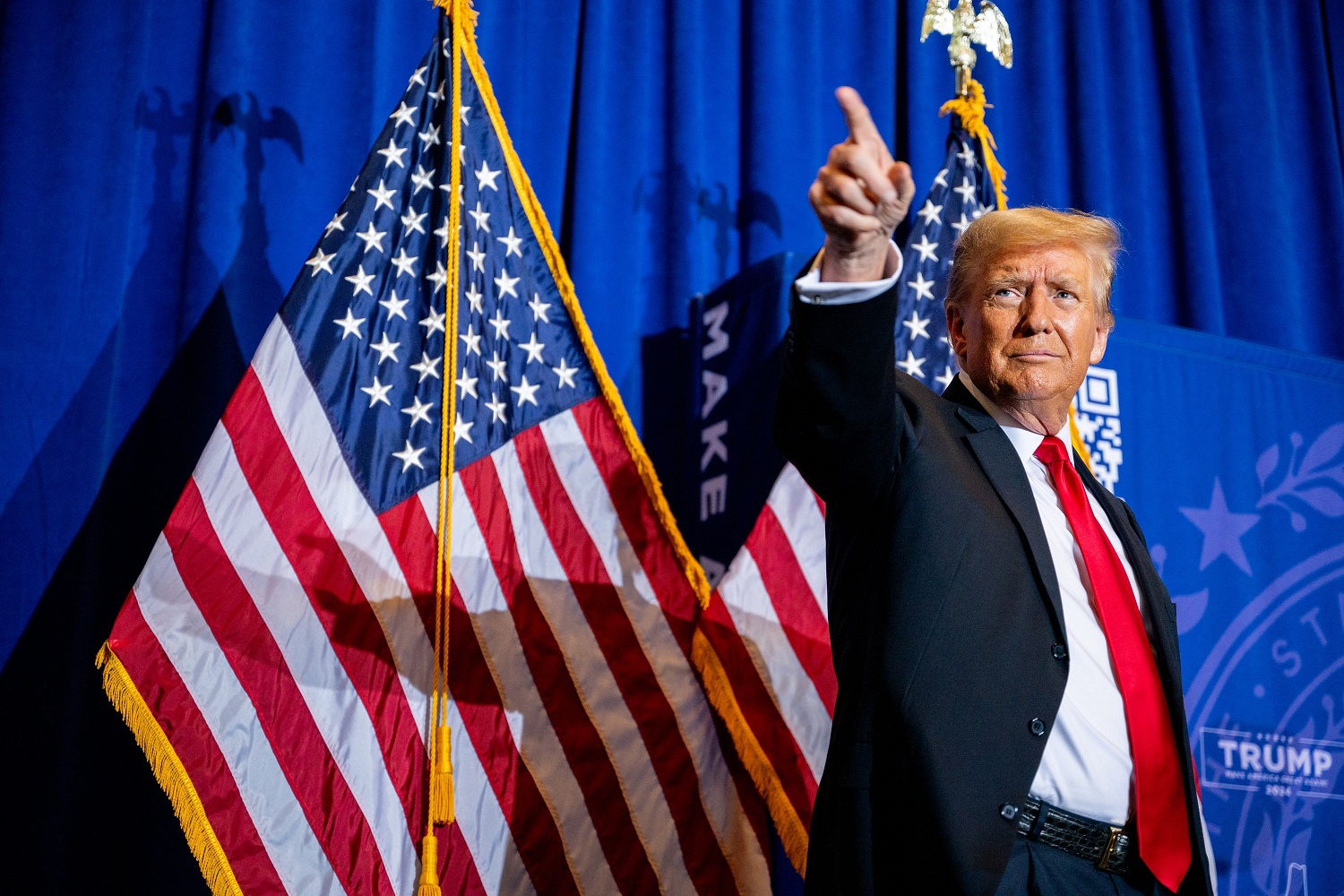U.S Markets On Edge As Trump Escalates Fed Clash

US stock futures continued their retreat on Tuesday after President Donald Trump removed Federal Reserve Governor Lisa Cook from the central bank’s board, an unprecedented act that is intensifying fears about the erosion of the Fed’s independence.
Dow futures fell 64 points, or 0.14%. S&P 500 futures slipped 0.14% and Nasdaq 100 futures dropped 0.22%.
The ICE US Dollar Index shed 0.3% overnight immediately after Trump announced the decision on Truth Social.
Treasury yields moved lower, with the two-year yield – a gauge closely tied to Fed policy – down four basis points, while gold futures rose 0.3% as investors sought safety.
Nigel Green, CEO of global financial advisory giant deVere Group, says the combination of Trump’s intervention and Fed Chair Jerome Powell’s cautious approach at Jackson Hole is unnerving markets.
“Trump’s decision to remove a sitting Fed governor has shaken confidence in the institution that underpins the world’s financial system.
“Investors are reacting because the independence of the central bank is critical to market stability, and any sign of political capture raises alarm bells everywhere.”
He continues: “Powell had the chance last week at Jackson Hole to directly address these institutional concerns. He did not.
“Instead, he chose to focus narrowly on the near-term policy path.
“The silence on independence has left markets exposed, and investors are filling the vacuum with speculation. This speculation is highly damaging.”
The legality of the president’s move is expected to face challenges, as Fed governors can only be removed ‘for cause.’
But Nigel Green warns that the immediate financial-market impact is already underway.
“Whether or not the courts intervene, the optics alone are destabilizing.
“Trust in the Fed’s independence is what supports the dollar, anchors global capital flows, and provides predictability for investors. When that trust is undermined, risk premiums rise across the board.”
The central bank is also facing internal strains. Inflation has run above the Fed’s 2% target for four years, while recent data shows employment weakening.
Last month’s policy meeting produced the first dual dissent from governors in over three decades, highlighting growing division.
The deVere CEO notes: “Markets can manage data uncertainty. What they cannot manage is institutional fragility. Powell presided over Jackson Hole with a platform to reaffirm that the Fed will resist political pressure.
He passed up that moment, and as a result, left it to his successor to steady the ship. The decision is already reverberating across equities, bonds, currencies, and commodities.”
The structure of the Fed board is now in flux. With Adriana Kugler’s recent resignation leaving one vacancy, and Trump nominating Stephen Miran, the balance of power could soon shift.
If Cook’s removal is upheld and Miran is confirmed, Trump would hold a 4–3 majority. Powell’s own term expires in May, raising the possibility of further realignment.
“Investors are watching composition as closely as policy now,” says Nigel Green.
“The prospect of a Fed board dominated by presidential appointees unsettles global markets. It signals that political priorities, not economic fundamentals, could dictate monetary policy.
“This weakens confidence in the dollar’s role as the world’s reserve currency and fuels hedging into gold and other safe assets.”
He concludes: “Powell’s reluctance to use Jackson Hole to defend the Fed’s independence was a strategic misstep. At a time when the President is actively reshaping the board, markets needed a clear statement of institutional resolve.
“They didn’t get it.
“The consequence is heightened volatility, greater uncertainty, and renewed scrutiny of the Fed’s role as an independent guardian of monetary stability.”






